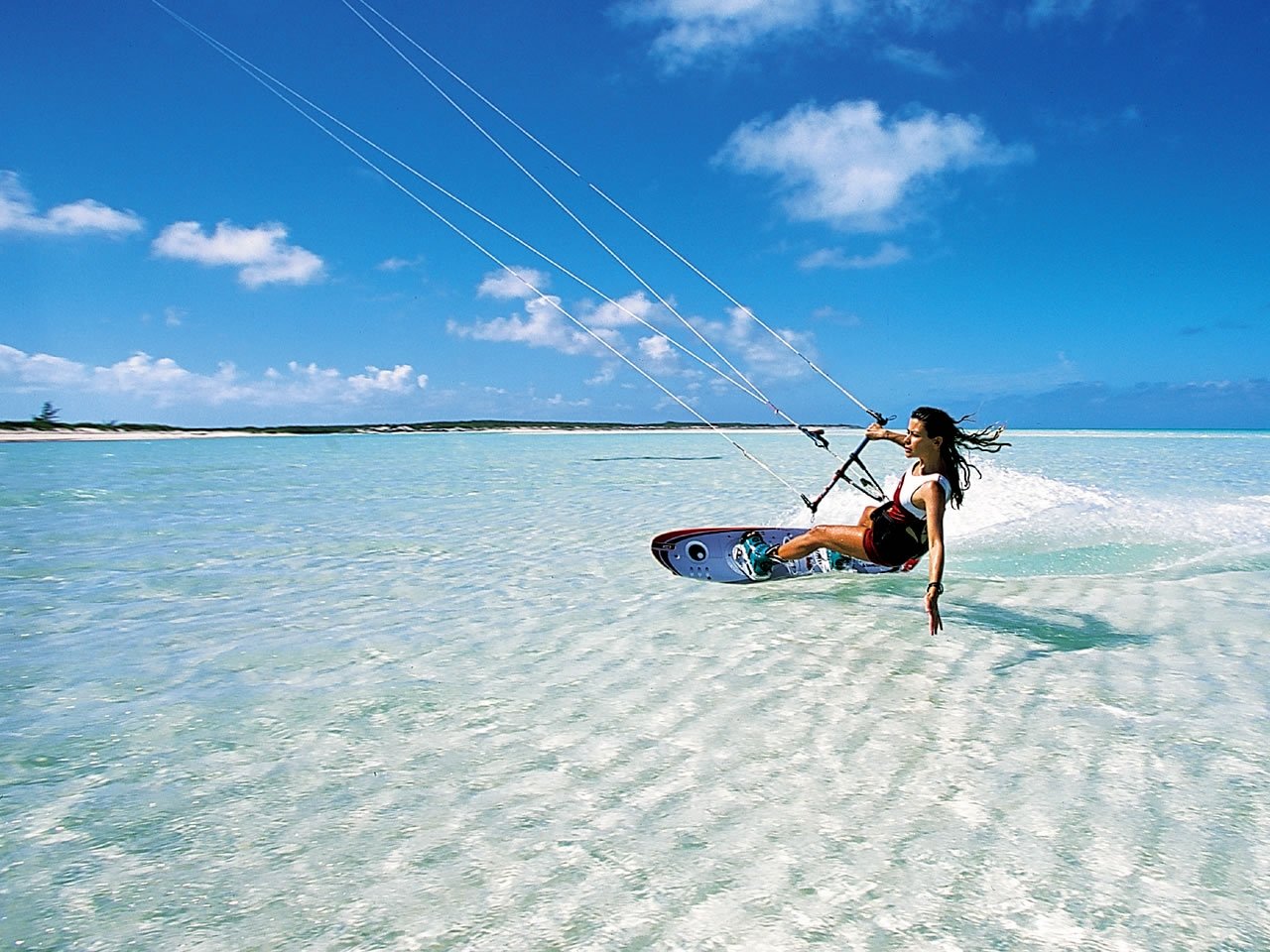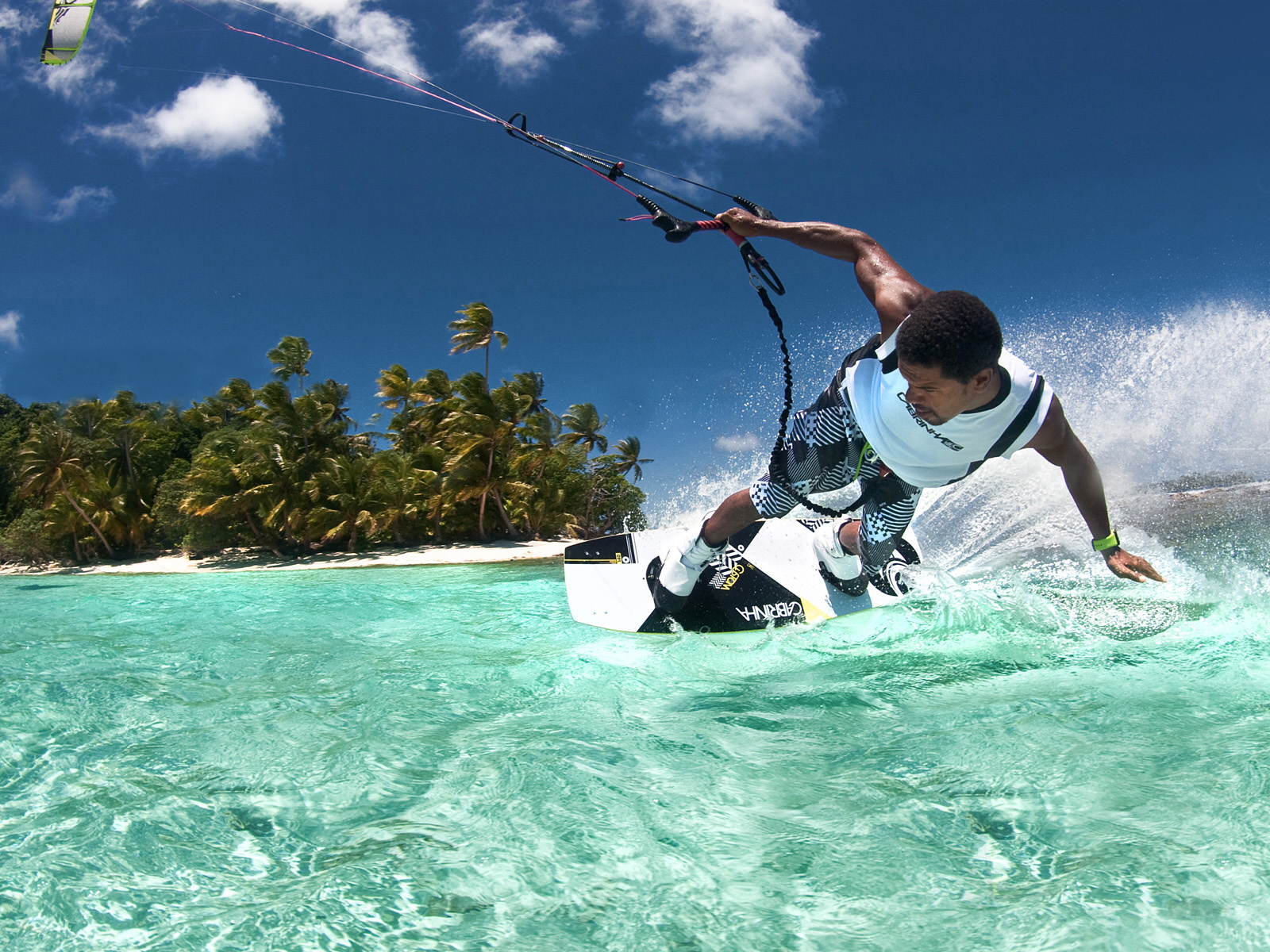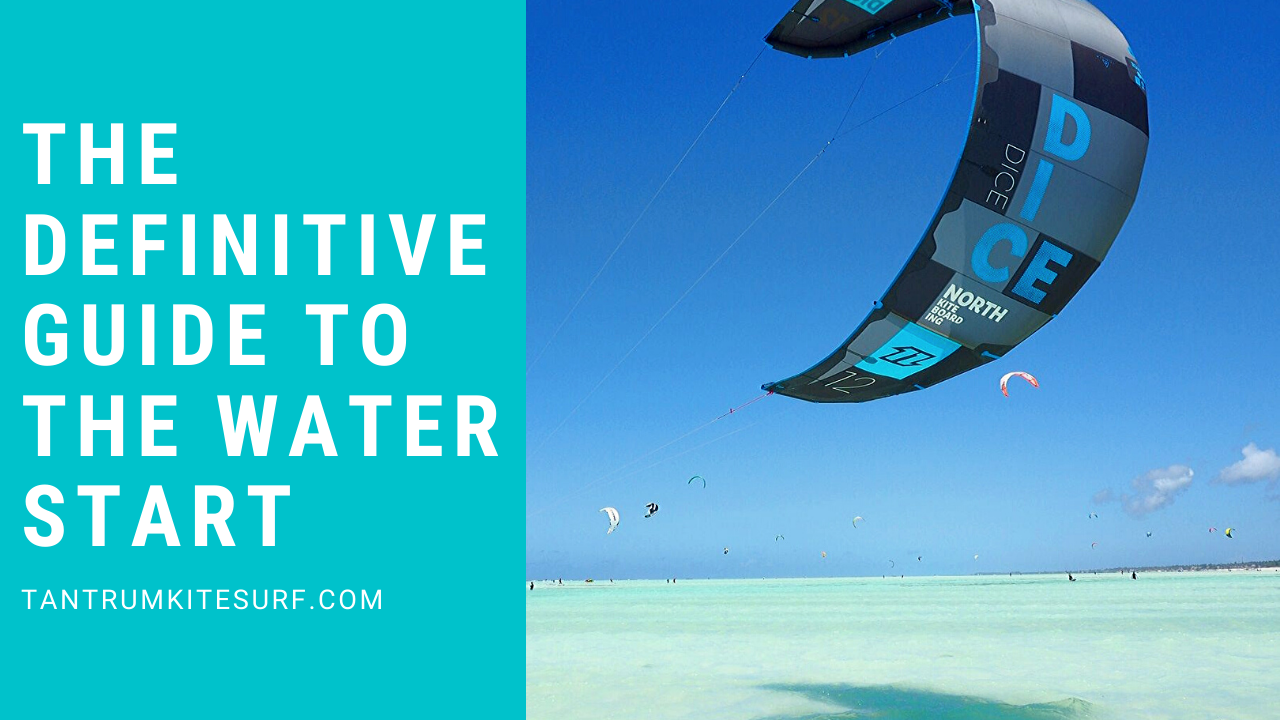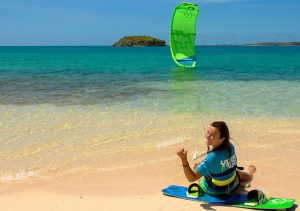For many people water starting and riding those first few meters feels like an almost unattainable goal.
The amount of variables you are trying to put together in a split second with perfect precision makes this one of the hardest physical activities we ever learn.
Fear not, over the next few minutes I’ll break down the most common errors of waterstarting and give you a solution for each, and this isn’t the normal “Just point the board downwind” advice.
Amongst other stuff I’ll be covering:
- Why the normal advice for learning to waterstart is actually counterproductive in most cases
- How what you do with the kite is more important than anything else
- Solutions to the most common errors
- Why the water start is much more than just one simple stroke
To better explain the concepts there is also an accompanying video:
There we’re a few questions after the initial podcast so I’ve made another with the answers:
(NOTE: If you’re struggling to waterstart check out our video explaining how you can knock weeks off the time it takes you to learn to kitesurf and save 100’s on your lesson costs.) Learn more now.
What’s Next?
Okay, so now you’re just about getting up on the board and starting to ride for at least a second or 2 what we need to do now is start consolidating this into longer rides.
There are probably several errors you’re making at this stage. The first is not pointing the board far enough downwind. The second is pulling the bar in as you rise out of the water and thus stalling the kite at the bottom of the window. To alleviate these problems we need to look at the power stroke itself. If you look at guys who are good riders as they rise from the water during the waterstart they do so slowly and very gracefully barely moving their actual body as they do.
Most people when they start to learn to water start send the kite rapidly through the window and come up like they’ve been shot out of a canon. What we need to do here is make the power stroke deeper, slower and smoother.
Have a look at how these better riders fly the kite when the water starting and translate that into your own riding.
Once you get to grips with this slower power stroke you will find you have an awful lot more time to think about what is going on as you’re coming out of the water. Use this time to ensure your board is pointing at the kite (ie straight down the line made by the lines).
That way the kite lines, the board and the kite should all be aligned and the pull all travelling in the same direction.

Most people will naturally at this point, want to put weight on the back foot and start to edge the board.
At this stage of riding this will lead to the board starting to skid under you as you attempt to engage the edge without sufficient control of the kite and its power. Doing this with your body in the incorrect position means that the edge does not engage sufficiently to start driving you upwind.
To counteract this we need to keep a little bit of weight on the front foot to keep the board pointed downwind…
I would suggest at least 45°. This will be an uncomfortable position I’m afraid. By not engaging the rail and riding the board flat you will feel every little lump and bump on the water but you need to get comfortable with the power from the kite and the control of the board before we start to in play with the edge and look at riding upwind.
The easiest way of maintaining this downwind riding is to keep your knees bent. That way your legs act as shock absorbers as you ride out the waves.
This also keeps your centre of gravity much lower so you are better able to deal with gusts of wind and waves on the water.
The other main mistake people make at this point is pulling the bar in too much and holding it there as they rise out of the water.
Once the kite reaches the bottom of the power stroke if the bar is held in it will simply stall the kite in this position and the rider will fall back into the water.

What we need to do here is to send the kite back up to the top of the window and then bring it back down again to create that forward momentum.
To achieve this as the kite reaches the bottom of the window squeeze the bar out (think clutch on a car for this squeeze) and steer the kite upwards making sure you don’t go too high.
If the kite reaches the zenith (or the 12 o’clock position) you will be pulled upwards onto your toes and generally over the front of the board. If not enough power has been generated you’ll simply drop back into the water. So keep the kite on the side of the window in the direction that you want to travel.
The best way to think of what you do with the bar once you actually out of the water and trying to maintain you riding is as kung fu rather than boxing.
Many people when they first rise out of the water frantically work the bar left and right in what looks like a series of very quick jab motions.
Think instead of doing slow but controlled kung fu punches just like Bruce Lee.
That way the kite will move slowly down in a nice large sine wave pattern and you will find it much easier to control your speed and direction.
(NOTE: If you’re struggling to waterstart check out our video explaining how you can knock weeks off the time it takes you to learn to kitesurf and save 100’s on your lesson costs.) Learn more now.

